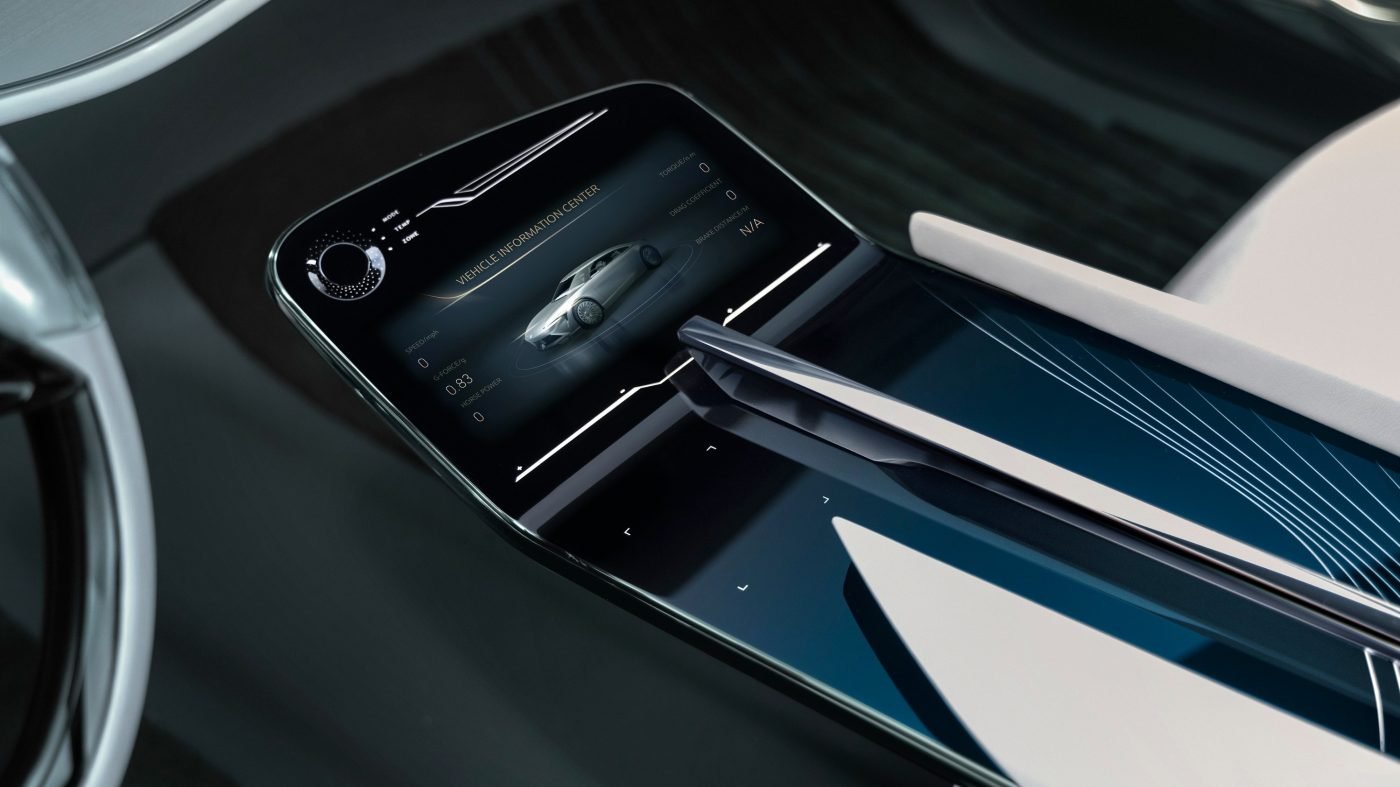For years, the stereotype was as blunt as it was persistent: American cars were cheap, flimsy, and built to last just long enough to limp through a warranty period.
That perception helped Japanese marques like Lexus build reputations for precision and dependability. In 2025, that old myth no longer holds true.
General Motors has spent two decades rebuilding its reputation through manufacturing reform, tighter quality control, and design discipline. The shift has been steady, deliberate, and deeply cultural.
Jess Bala, Managing Director of GM Australia and New Zealand, spoke with DMARGE, she saw that change firsthand during her time at GM’s Detroit headquarters.
Curated news for men,
delivered to your inbox.
Join the DMARGE newsletter — Be the first to receive the latest news and exclusive stories on style, travel, luxury, cars, and watches. Straight to your inbox.
She recalls a company determined to rebuild from the inside. “Every process, from design to engineering to final assembly, is built around a customer-centric philosophy,” she says. “I’ve seen firsthand the continuous enhancements that define GM’s approach to quality.”
That mindset now underpins a portfolio that can compete directly with Europe and Japan, and in several cases, surpasses them.
The most persistent myth about American cars has always been reliability. The 2025 U.S. Vehicle Dependability Study from J.D. Power, widely regarded as the benchmark for long-term quality, tells a different story. GM emerged as one of the standout performers.
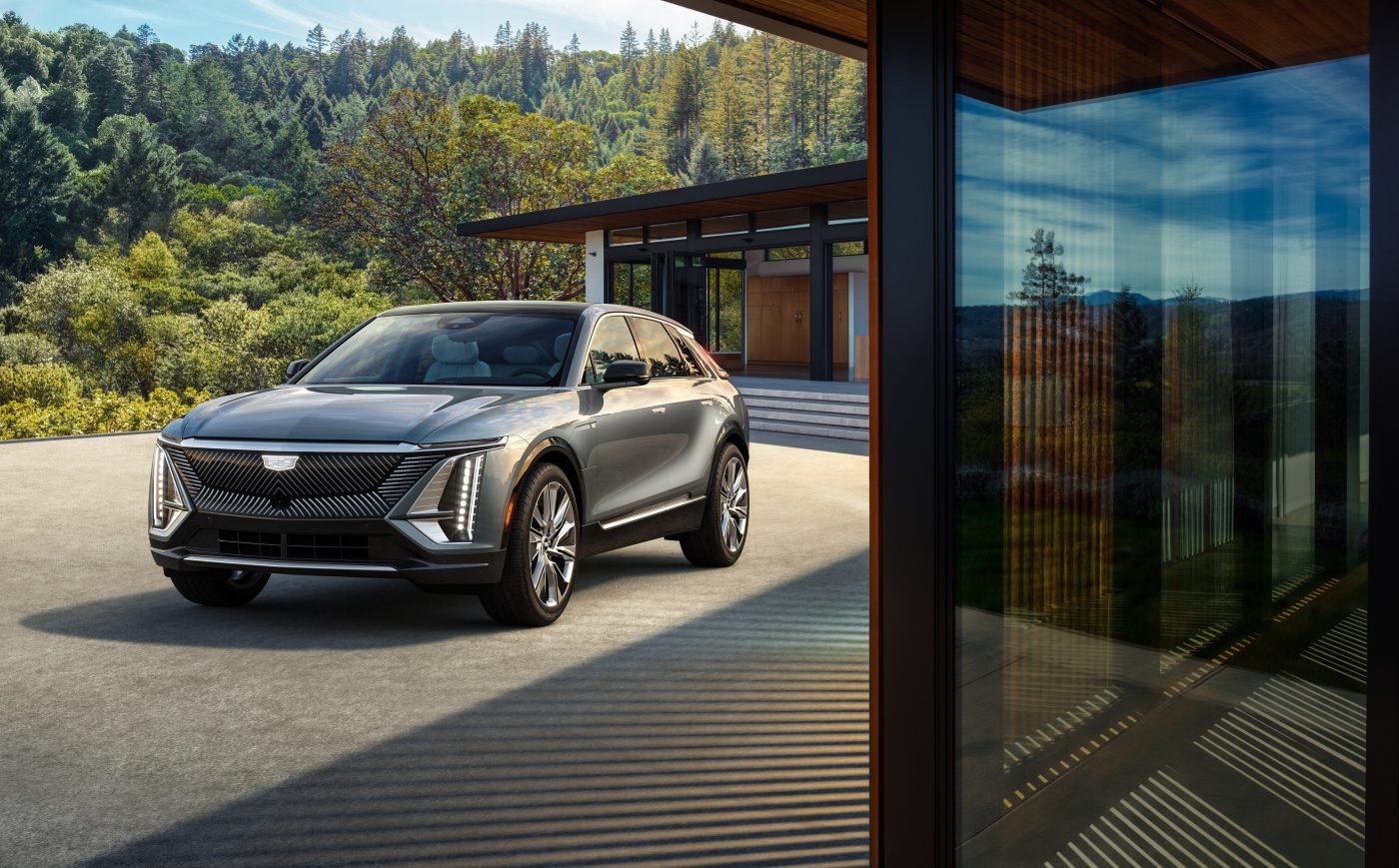
Of the company’s 20 entries, 15 placed in the top three of their categories, with six outright winners. All four brands, Chevrolet, Cadillac, GMC, and Buick earned model-level awards.
Chevrolet Corvette and Cadillac LYRIQ is the result of years of quiet, determined work, and it’s changed the conversation about what American automotive quality truly means.
Jess Bala, Managing Director of GM Australia and New Zealand
Once dismissed as “grandpa’s car,” Buick is now the most dependable American mass-market brand and the second-most reliable overall behind Lexus. On J.D. Power’s problems-per-100-vehicles metric, Buick scored 143, just three points behind Lexus and well above the industry average of 202. That places Buick owners on par with Lexus drivers in long-term dependability, an outcome that would have been unthinkable two decades ago.
Chevrolet also made significant gains.
Several models ranked at or near the top of their segments, including the Corvette, which won the premium sporty car category. An American model now sits above Porsche, BMW, and Mercedes in a class they once dominated.
According to Bala, this is the payoff from years of quiet, disciplined refinement. “What the world is now seeing in vehicles like the Chevrolet Corvette and Cadillac Lyriq is the result of years of quiet, determined work,” she says. “It has changed the conversation about what American automotive quality truly means.”
Corvette: The Benchmark Becomes the Benchmarker
No model captures GM’s resurgence better than the Corvette. For decades, it was seen as a straight-line muscle car that lacked European finesse.
The C8 Corvette changed that completely.
The move to a mid-engine layout placed it in direct competition with the Porsche 911 and Ferrari F8, and the reviews have been unanimous: the Corvette now belongs in the same conversation as the world’s best performance cars.
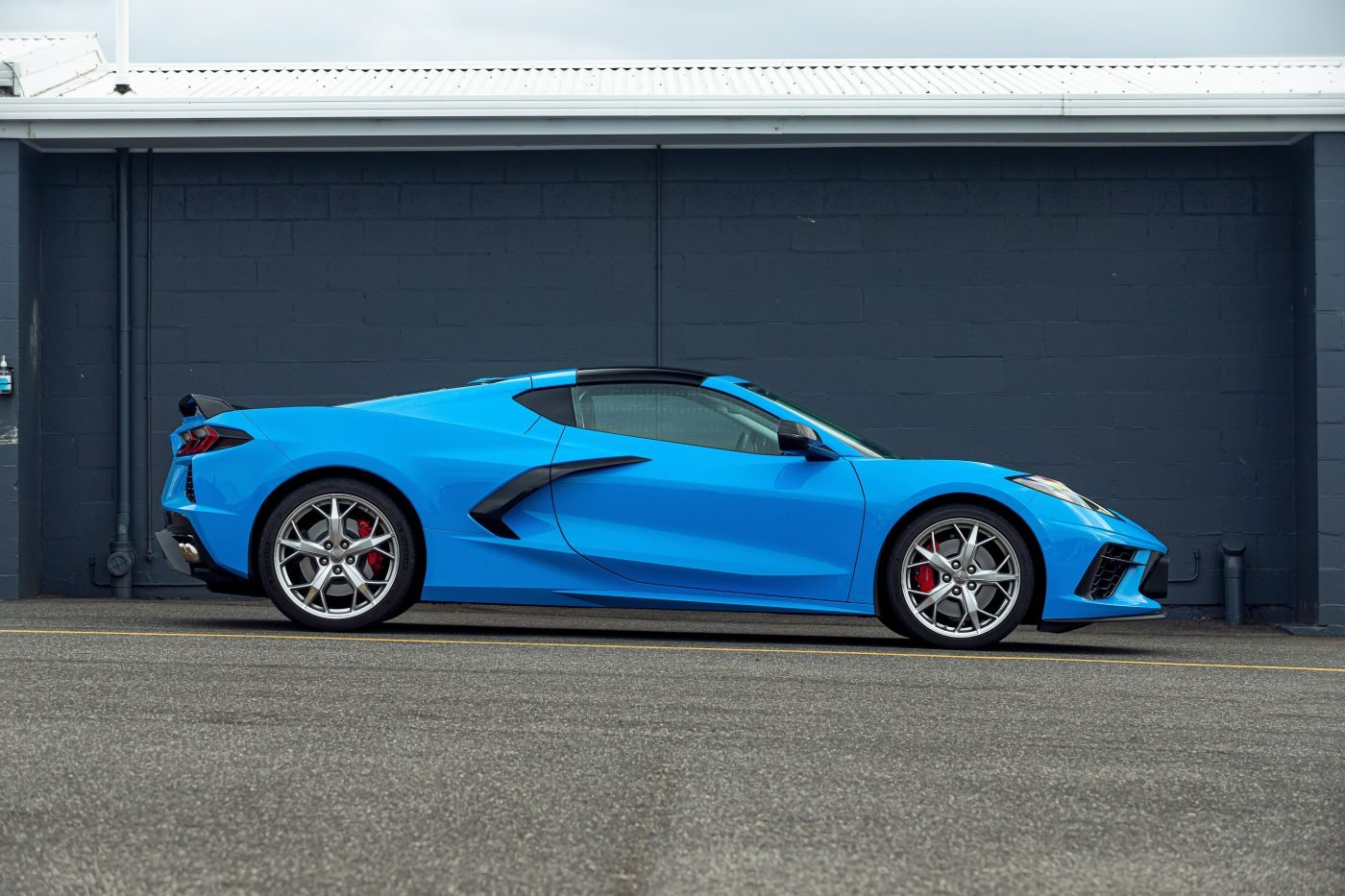
The latest Z06 model produces 670 horsepower from a naturally aspirated 5.5-litre flat-plane crank V8. The engine specification alone puts it in supercar territory. It delivers balance, control, and character that rival brands charge double for.
In Australia, the C8 Corvette was named CarExpert’s Premium Sports Car of 2025, finishing ahead of the Porsche 911. In the United States, GM sold 8,576 Corvettes in the first quarter of 2024, up 8.5 percent year on year despite a shrinking sports car market. That is the result of consistent quality and strong consumer confidence.
GM vs Europe: Prestige vs Dependability
European brands still own the prestige high ground. BMW interiors remain immaculate, and Mercedes-Benz continues to lead in in-car technology. Yet in long-term dependability, GM’s results are now stronger.

In J.D. Power’s 2025 rankings, Buick and Chevrolet outperformed BMW, Audi, and Volkswagen.
That means fewer reported issues per 100 vehicles after three years of ownership. European luxury cars still command higher resale values, but their maintenance costs are significantly higher, and owner satisfaction does not always match the badge price.
Cadillac is now a credible alternative to German marques.
The CT5-V Blackwing, with its supercharged V8 and manual transmission, is regarded as one of the finest driver’s sedans on the market. In reliability surveys, Cadillac continues to climb, often ranking above traditional European competitors.
GM achieved this through investment in manufacturing precision, global platforms, and software reliability, not by chasing marketing trends.
Lexus: Still the Benchmark, But the Gap Has Closed
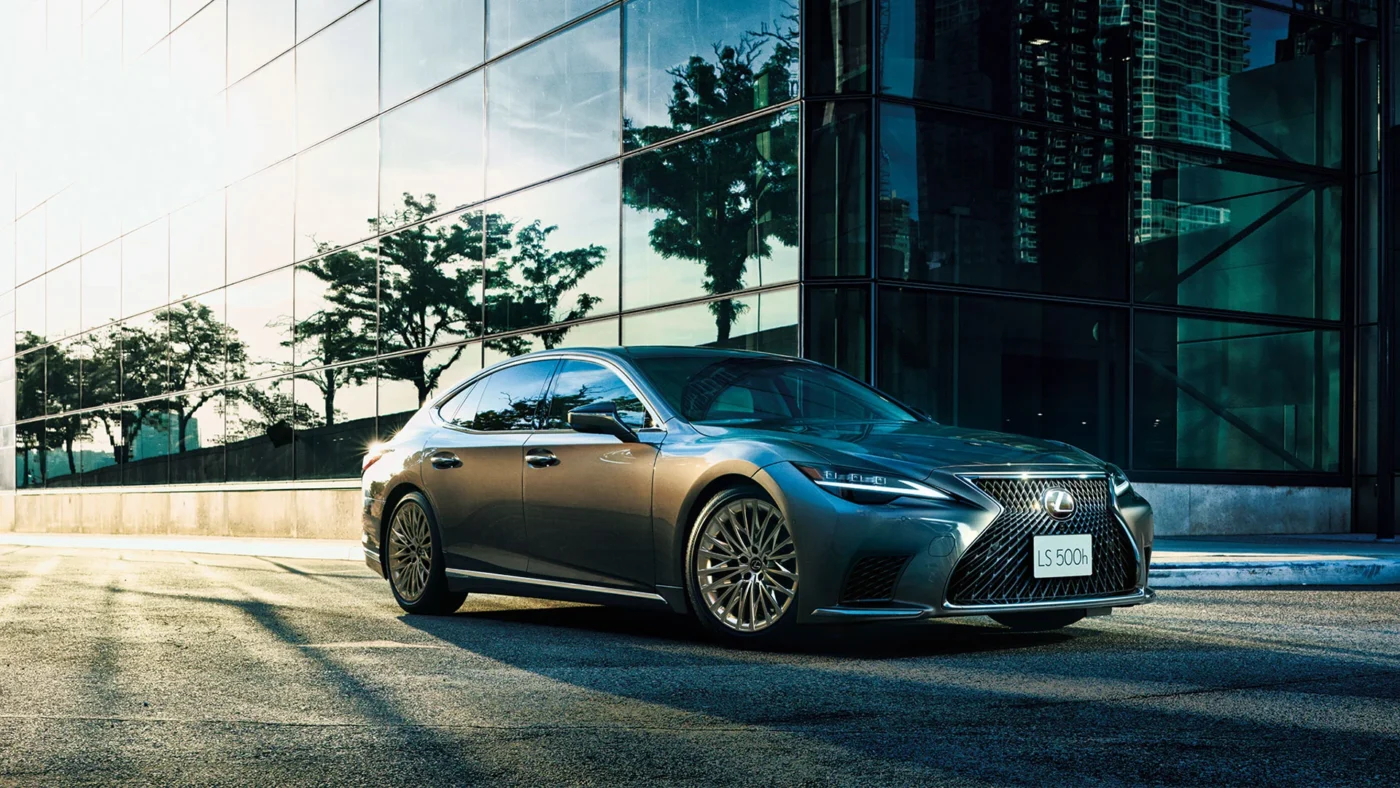
Lexus remains the industry leader for reliability. The brand’s reputation for bulletproof dependability is well earned, but the once-wide gap between Japan and the United States has narrowed. Buick, Chevrolet, and Cadillac now sit close behind, with Buick’s 143 PP100 score proving that reliability no longer belongs exclusively to Japan.
For new car buyers comparing SUVs or sedans, Lexus-level confidence is now found in multiple GM showrooms. Buick delivers it, Cadillac is close behind, and Chevrolet continues to build momentum.
The EV Push: Quality in a New Era
GM’s quality evolution extends into its electric vehicle program. The Cadillac Lyriq and Chevrolet Blazer EV are setting a new standard for American electric craftsmanship. Reviews have praised their build quality, driving range, and refinement, all of which position GM strongly against both Tesla and European competition.
While European brands still dominate interior design, many have struggled with software stability. Tesla remains inconsistent in build quality.
GM has managed to bring its dependability ethos into the EV era, which could see it overtake rivals still finding their footing in electric production.
Why the ‘US Cars Are Trash’ Myth Still Exists
The outdated image of unreliable American cars persists partly because Detroit earned that reputation during the 1970s and 80s. Rust, low power output, and poor interior quality left a lasting mark. Japanese automakers filled that vacuum, and decades of reliability kept their halo intact.
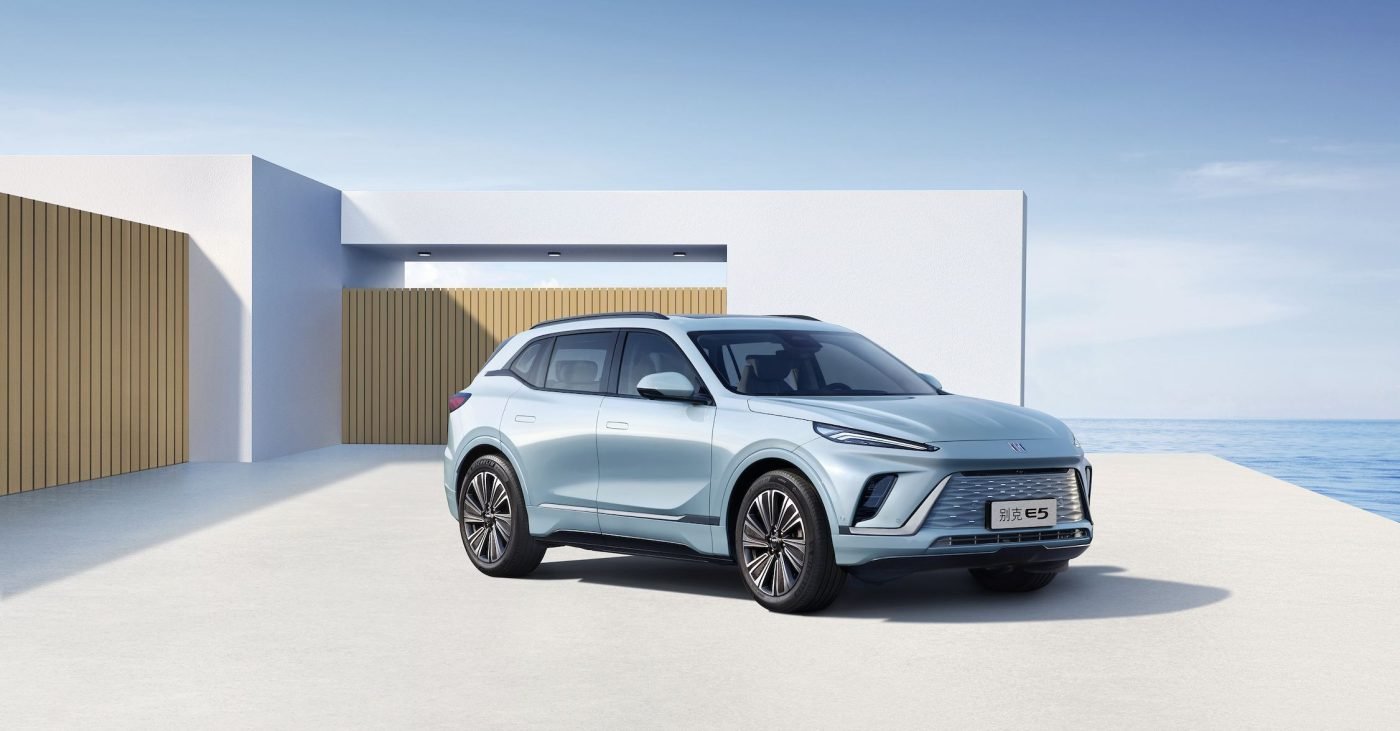
Modern GM bears little resemblance to that era. Data, awards, and ownership experiences now tell a story of recovery and progress. Buick stands alongside Lexus in reliability. Cadillac builds sedans that outperform German competitors. Corvette has evolved from muscle car to legitimate benchmark.
What the world is now seeing in vehicles like the Chevrolet Corvette and Cadillac LYRIQ is the result of years of quiet, determined work, and it’s changed the conversation about what American automotive quality trulya means.
Jess Bala – Managing Director of GM Australia and New Zealand
GM’s four brands, Buick, Cadillac, Chevrolet, and GMC are now delivering vehicles that combine design, performance, and dependability once thought exclusive to Europe and Japan. The old narrative that American cars lack quality is no longer supported by facts.
The Corvette is now a legitimate rival to Porsche, and Buick sits beside Lexus in reliability rankings. European marques still command prestige, and Lexus remains the reference point for reliability, but GM has proved that American quality is no longer a contradiction. In 2025, it is a measurable reality.
